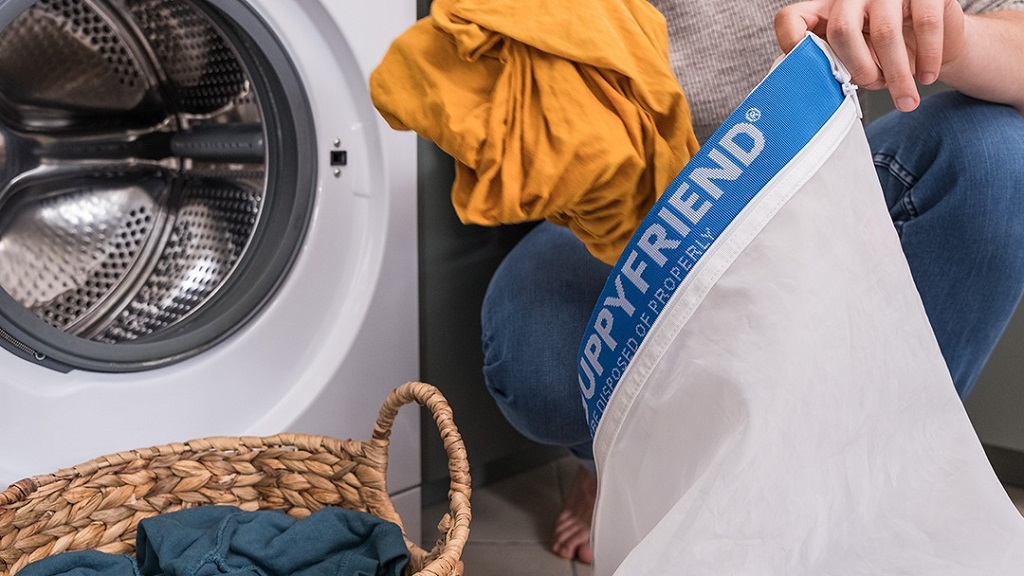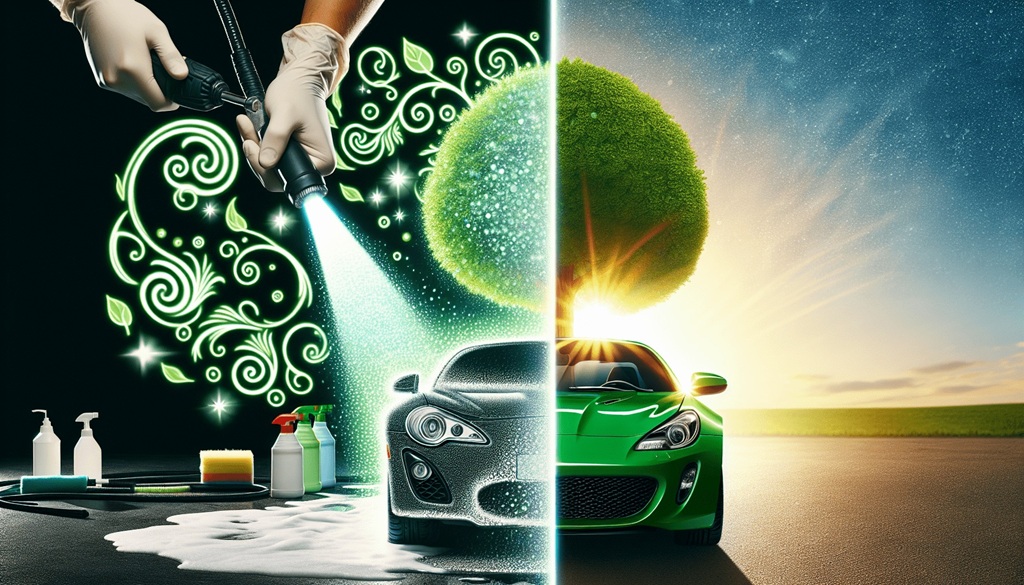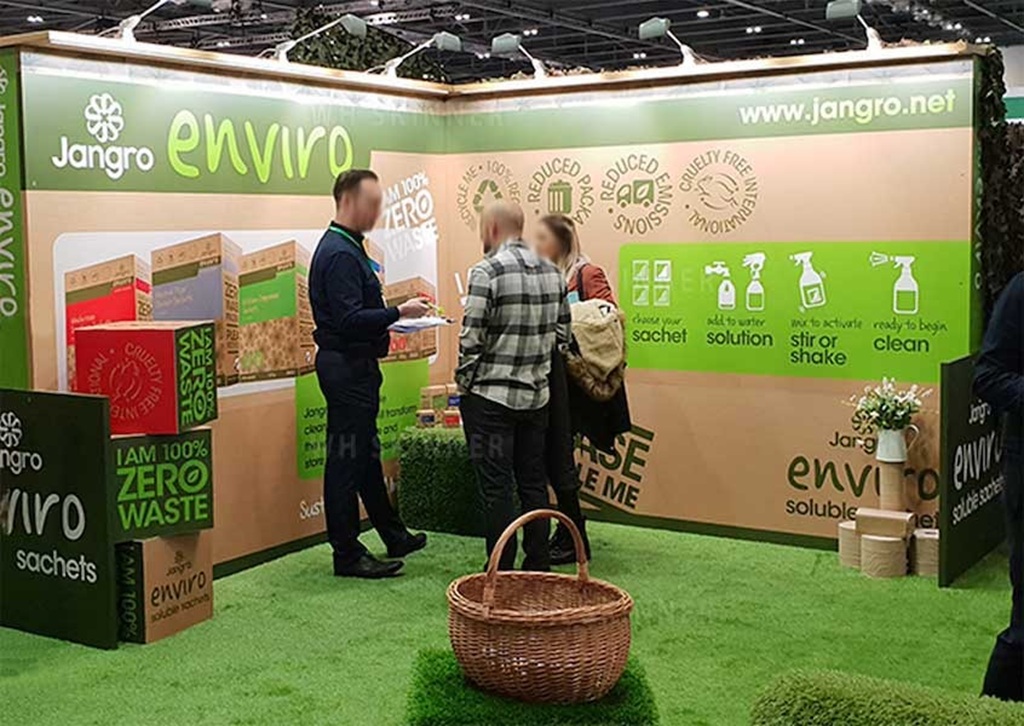In today’s world, where environmental concerns are at an all-time high, businesses and consumers alike are seeking ways to reduce their carbon footprint. One of the most impactful areas where this shift is taking place is in packaging. The demand for best eco-friendly packaging solutions has skyrocketed as companies aim to align with sustainable practices while meeting consumer expectations. But what exactly makes packaging eco-friendly? How can businesses transition to greener alternatives without compromising functionality or cost-efficiency? In this comprehensive guide, we’ll explore the latest trends, innovations, and actionable strategies in sustainable packaging that benefit both the planet and your bottom line.
Why Eco-Friendly Packaging Matters More Than Ever
The Environmental Toll of Traditional Packaging
Traditional packaging materials like plastic, Styrofoam, and non-recyclable paper have wreaked havoc on our planet. According to a report by the United Nations Environment Programme (UNEP), over 300 million tons of plastic waste are produced globally each year, with only 9% being recycled. This alarming statistic underscores the urgent need for alternatives that don’t contribute to landfills or ocean pollution.
Consumer Demand for Sustainability
Modern consumers are more informed and environmentally conscious than ever before. A Nielsen survey revealed that 73% of global consumers would change their consumption habits to reduce their environmental impact. Brands that fail to adopt best eco-friendly packaging solutions risk losing market share to competitors who prioritize sustainability.
Regulatory Pressure on Businesses
Governments worldwide are implementing stricter regulations on single-use plastics and non-recyclable materials. For instance, the European Union’s Single-Use Plastics Directive bans certain items outright and mandates the use of recyclable materials. Companies must stay ahead of these regulations to avoid penalties and maintain compliance.
Exploring the Best Eco-Friendly Packaging Solutions Available Today
Biodegradable Materials: Nature’s Answer to Waste
Biodegradable packaging breaks down naturally without leaving harmful residues. Common examples include cornstarch-based plastics, mushroom packaging, and seaweed wraps. These materials decompose within months under the right conditions, unlike conventional plastics that persist for centuries.
Pros:
- Reduces landfill waste significantly.
- Often derived from renewable resources.
Cons:
- Requires specific composting facilities for optimal breakdown.
- Can be more expensive upfront compared to traditional options.
Recycled and Upcycled Materials: Giving Waste a Second Life
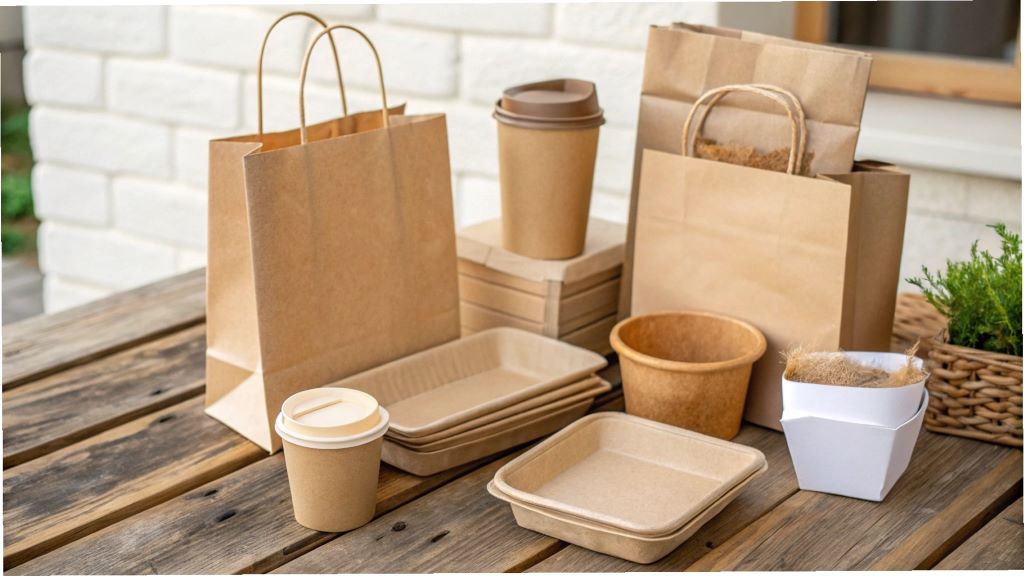
Using recycled materials such as post-consumer paper, glass, or aluminum reduces the need for virgin resources. Upcycling takes it a step further by transforming waste into higher-value products. For example, some companies turn discarded fishing nets into durable packaging materials.
Real-World Example:
Adidas partnered with Parley for the Oceans to create sneakers and packaging made from recycled ocean plastic. This initiative not only addresses marine pollution but also showcases how creativity can drive sustainability.
Plant-Based Packaging: Harnessing Nature’s Power
Plant-based packaging includes materials like bamboo, sugarcane bagasse, and palm leaves. These options are renewable, biodegradable, and often stronger than synthetic counterparts.
Case Study:
EcoEnclose, a leader in sustainable shipping supplies, offers mailers made from plant-based polymers. Their products have gained popularity among e-commerce brands looking to reduce their ecological footprint.
Edible Packaging: The Next Frontier?
Imagine eating your packaging instead of throwing it away! Edible packaging made from ingredients like rice, wheat, or algae is gaining traction. While still in its infancy, this innovation holds immense potential for reducing food-related waste.
Expert Opinion:
Dr. Aaron Brody, a food packaging expert, notes that edible packaging could revolutionize industries like fast food and snacks. However, he cautions that scalability and consumer acceptance remain hurdles.
Challenges and Opportunities in Adopting Eco-Friendly Packaging
Cost vs. Benefit Analysis
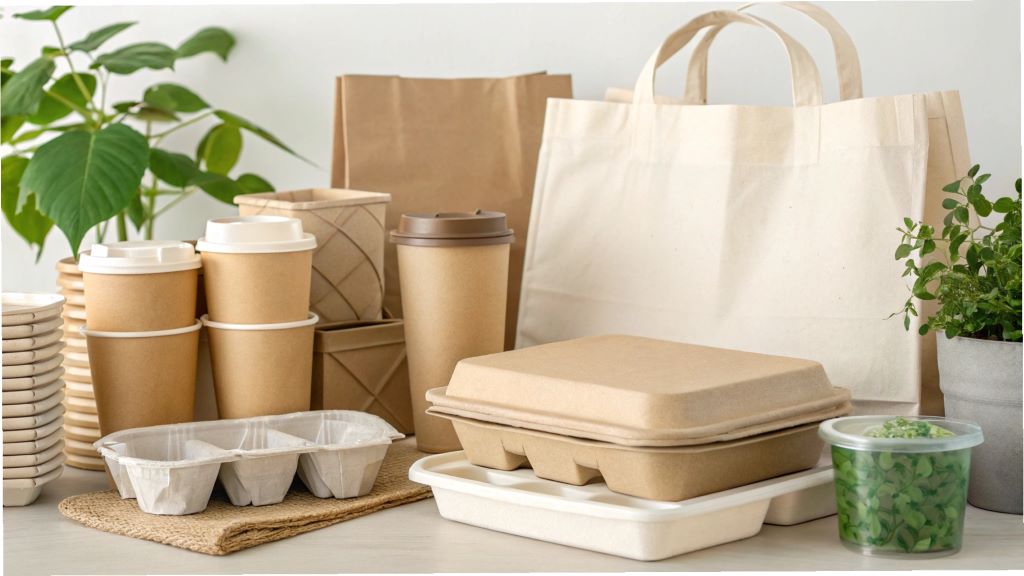
One common misconception is that eco-friendly packaging is prohibitively expensive. While initial costs may be higher, the long-term benefits—such as improved brand reputation, customer loyalty, and reduced environmental liability—often outweigh the investment.
Supply Chain Considerations
Transitioning to sustainable packaging requires collaboration across the supply chain. From sourcing raw materials to manufacturing and distribution, every step must align with green principles. Partnering with certified suppliers ensures authenticity and quality.
Balancing Functionality and Sustainability
Not all eco-friendly materials perform equally well in terms of durability, moisture resistance, or shelf life. Businesses must carefully evaluate which solutions meet their specific needs without compromising product integrity.
Future Trends Shaping Eco-Friendly Packaging
Smart Packaging Technologies
Smart packaging integrates technology to enhance user experience and sustainability. Examples include QR codes that provide recycling instructions or sensors that monitor freshness. As IoT adoption grows, expect smart packaging to become a staple in eco-conscious markets.
Circular Economy Models
The circular economy emphasizes designing out waste and keeping materials in use for as long as possible. Companies like Loop partner with major brands to offer reusable containers that customers return after use. This model minimizes waste and fosters a culture of reuse.
Carbon-Neutral Packaging Initiatives
Some forward-thinking companies are committing to carbon-neutral packaging by offsetting emissions through reforestation projects or investing in renewable energy. Amazon’s Climate Pledge Friendly program highlights products with reduced carbon footprints.
Eco-Friendly Packaging: A Greener Choice for a Sustainable Future
Popular FAQs About Eco-Friendly Packaging
Q1: What Are the Most Affordable Eco-Friendly Packaging Options?
A: Recycled paper and cardboard are typically the most budget-friendly choices. They’re widely available, easy to recycle, and compatible with existing infrastructure.
Q2: Is Biodegradable Packaging Better Than Recyclable Packaging?
A: It depends on the context. Biodegradable materials break down naturally, whereas recyclables require proper collection systems. Both have merits, so the choice depends on your target audience and operational setup.
Q3: How Can Small Businesses Afford Eco-Friendly Packaging?
A: Start small by switching one product line to sustainable packaging. Many suppliers offer bulk discounts, and government grants or incentives may help offset costs.
Q4: Can Eco-Friendly Packaging Really Make a Difference?
A: Absolutely. Every ton of recycled paper saves approximately 17 trees and 7,000 gallons of water. Collectively, these efforts add up to significant environmental benefits.
Conclusion: Embrace the Best Eco-Friendly Packaging Solutions for a Greener Tomorrow
The journey toward sustainable packaging isn’t just about ticking boxes—it’s about creating a legacy of responsibility and innovation. By adopting the best eco-friendly packaging solutions , businesses can protect the environment, satisfy consumer demands, and future-proof their operations. Whether you choose biodegradable materials, recycled content, or cutting-edge technologies, the key is to act now. Remember, sustainability isn’t a trend; it’s a necessity.
Together, let’s redefine what’s possible and pave the way for a cleaner, greener future.
References:
- United Nations Environment Programme (UNEP) – Plastic Waste Statistics
- Nielsen Global Survey on Sustainability
- Adidas x Parley Collaboration Insights
- EcoEnclose Case Studies on Sustainable Packaging
Read More:


